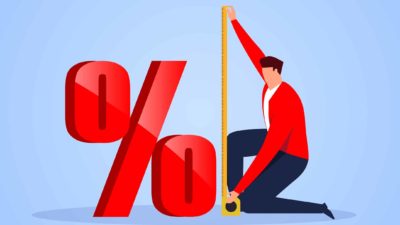The Australian Bureau of Statistics (ABS) has released another monthly trove of data which shows Australia may be inching towards a recession.
The unemployment rate is key because it tell us how many people don't have a job, which means they can't pay for their basic necessities let alone any discretionary expenditure.
According to the ABS, the seasonally adjusted unemployment rate increased to 5.2% from 5.1%, which had increased from 5% earlier in the year.
There was actually an increase of employment of 28,400 people, however full-time employment decreased by 6,300 and part-time employment increased by 34,700. Essentially, there were more people added (as a percentage) to the 'looking for a job' group than the 'employed' group. Unemployment increased by 21,200 to 703,900 people.
The underemployment rate also increased by 0.3% to 8.5%, meaning that more people would like to increase their working hours than in March 2019.
What does this mean?
A small change in the unemployment rate does not really mean much. But, it doesn't paint a great picture when you add it to the rising mortgage arrears reported by banks like Commonwealth Bank of Australia (ASX: CBA) and a decline in cyclical industries such as construction and tourism – like we heard from Experience Co Ltd (ASX: EXP) today.
Other businesses that could suffer if unemployment keeps rising are retailers like JB Hi-Fi Limited (ASX: JBH) and employment related businesses such as SEEK Limited (ASX: SEK) and McMillan Shakespeare Limited (ASX: MMS).
An unemployment rate of 5.2% is still very good and only takes us back to 2018, but it would be a worry if it keeps trending upwards in the coming months.








